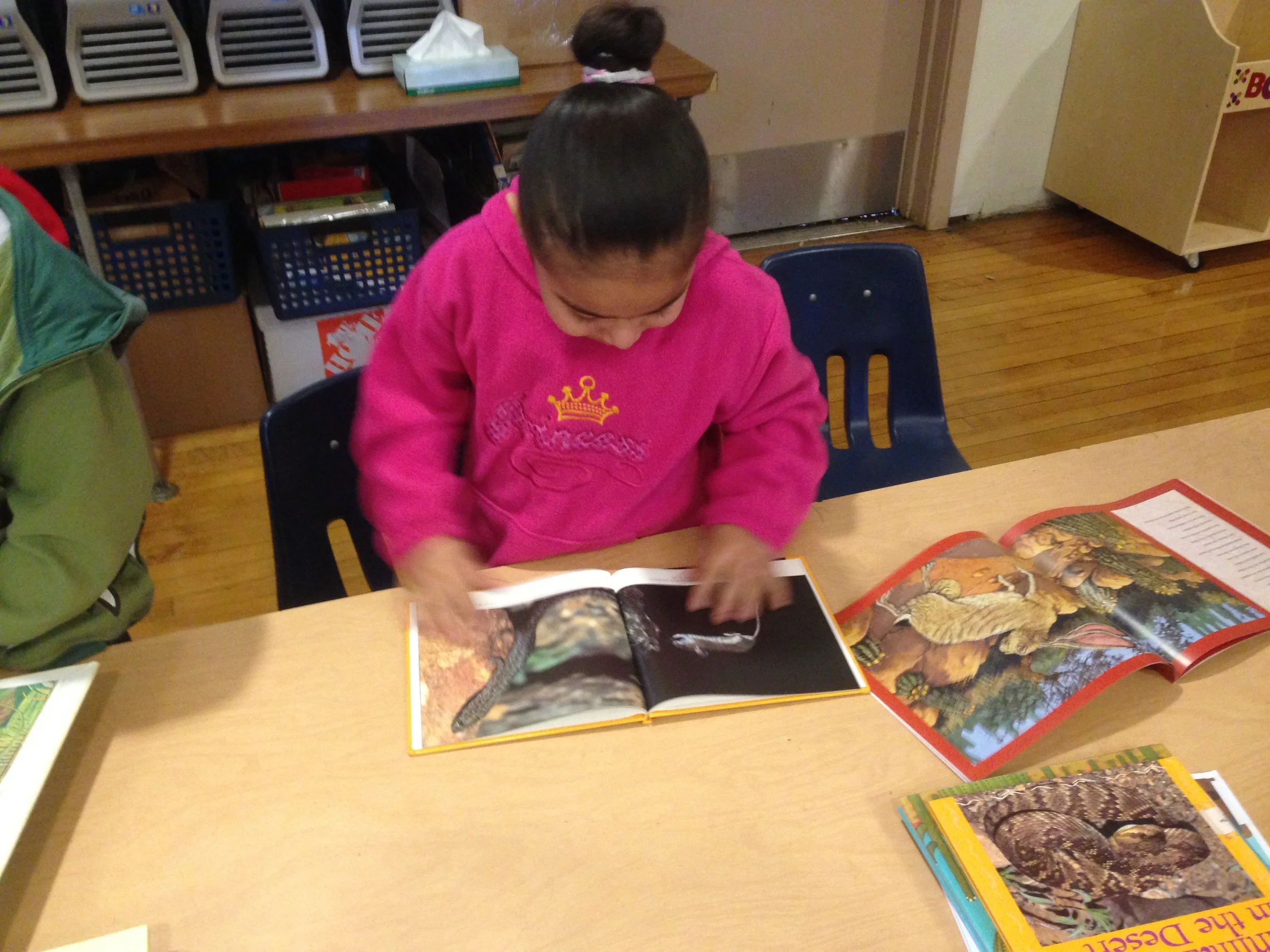In November, I posted about our very first Perfect Pairs Lessons with 1st and 2nd graders. We just recently completed the 3rd lesson with 2nd graders and completed all 3 lessons with 1st graders just prior to winter break. Perfect Pairs comes from a book by Melissa Stewart and Nancy Chesley called Perfect Pairs: Using Fiction and Nonfiction Picture Books to Teach Life Science in K-2 (Stenhouse, 2014). An elementary librarian and I have been collaborating on using Perfect Pairs with the classrooms at her school. One of our goals was to model for teachers a way to blend together literacy and science. Additionally, we wanted to model for teachers how science can be a means for providing rich language and critical thinking opportunities for students.
The challenge that we face is that the book is created to use each lesson over a period of time in the same classroom. We work with each class once a week (if we don't get pre-empted) and only for about 75 minutes per class. This has required Mavonwe (School Librarian) and I (Literacy Specialist) to be creative and determine the central idea and what we must focus on. They rest can be given to the teachers as follow up lessons or tie-in lessons. I mention this since I wanted to respect the work that Stewart and Chesley did but also show that there is a way to do it if you only have a smaller amount of time. Maybe not ideal but it still can provide some benefit to students.
Since we have a large number of students who are English Language Learners and many who need to work on oral and written language, we adapted lessons to expand on what students needed. We have been extremely intentional to include a writing activity and then another activity that will encourage oral language and critical thinking.
The bulletin board above is in the library and shows all the fiction and nonfiction pairing that we have used.
The selection of stories for Perfect Pairs has been great and the students have loved them.
When we used Steve Jenkins' What Do You Do When Something Wants to Eat You?, we made cards using actual photographs of the various animals mentioned to make sure that the students had a clear reference for what we were talking about.
Every time, we have included a writing activity. Sometimes the activity was a bit shorter or simpler and other times longer.
With the Hermit Crab story, we worked to identify what kind of habitat would a hermit crab need and created an advertisement for that kind of "house".
Since the school has a Dual Language Immersion Program, we allow the children to write in English or Spanish.
Though we want kids to think of writing as fun, we also want children developing other skills too.
After watching a brief video on hermit crabs lining up to swap homes, we did a bit of our own moving and swapping spaces.
Students love opportunities to look through the books and make their own discoveries.
We also find that hands on activities including ones that incorporate art help develop skills in collaboration and keep everyone engaged.
Turning some activities into games also help in building understanding and focus.
Now that we have completed what we hoped to do with the 1st and 2nd graders, our next plans are to work with kindergarten classes and I hope to be able to introduce Perfect Pairs to other schools.
Here is a short video, I created with pictures from the program....
Thank you Melissa Stewart, Nancy Chesley, and Stenhouse Publishers for your support as we explored the lessons in the book.










